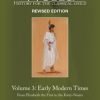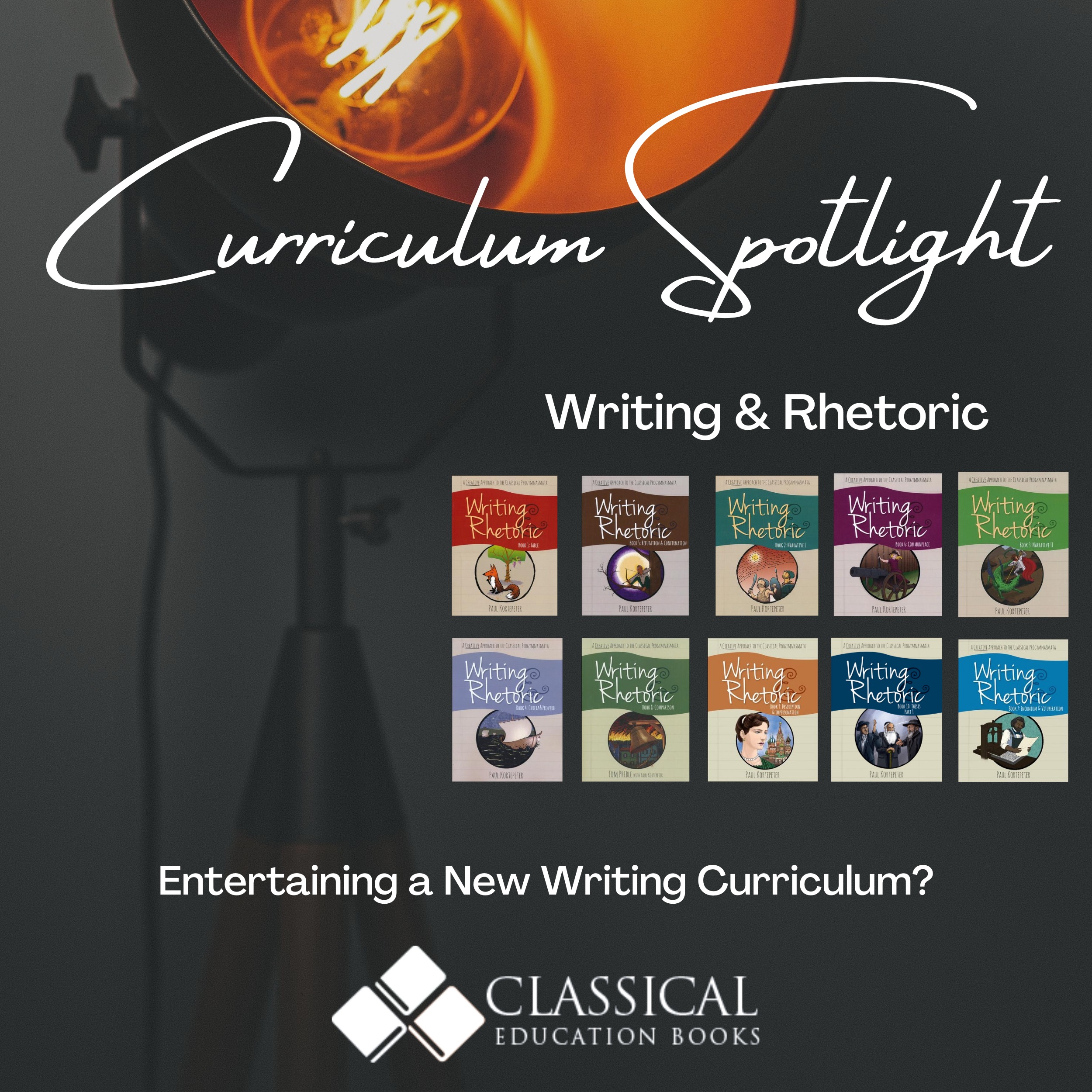-
The Story of the World - Volume 3: Early Modern Times (Revised Edition) $28.95 QTY: 1Quantity
Curriculum Spotlight – Writing and Rhetoric
Common Writing Challenges
There is no tyranny like the blank page, or so the saying goes. If you have taught writing you know that look. The eyes glaze over, heavy sighing ensues, and the pencil drops on the page. What shall we write about? Where shall we start? It is difficult to ask a child to write about something when they don’t have much to fall back on for content.
Another Approach
What if we did not ask a student to “write something, anything!” Instead, spend our time with them reading good stories, fables, poems, and other works that others have written. We tell these stories back to each other, both in summary and with dramatic flair. We spend time understanding the story, and then, while the words are flowing through our minds, pull out the pencil and paper and start transferring thoughts to paper.
This is the basic idea behind the program Writing and Rhetoric by Classical Academic Press. Writing and Rhetoric starts with Fables. It helps the child to collect their thoughts by narrating passages back which is the initial stage of rhetoric. By filling a child with stories, vocabulary, phrases, the child is learning not only how to write, think and speak, but they will also have a rich body of literature to draw ideas from.
If imitation is the highest form of flattery, then Writing and Rhetoric does a fine job of flattering great literature.
Quick facts:
- Recommended to start with Book 1 in Grades 3 or 4
- You can start later. Grades 4-5 start with Book 3. If the student can already identify the “5Ws (who, what, when, where, why)” start at Book 5.
- Each book covers one semester, so a student is expected to complete two books per year
- One semester of books is simply a Student Book and a Teacher’s Edition
- You can purchase .mp3 files from CAP that include jingles of the memory work
- Teacher’s Editions are open and closed lesson plans.
- This program will take your student through Grades 8-9 and have them ready for Logic and Rhetoric
- It can be taught to one student or a class of students
- Includes narration and memorization
- Progresses from basic storytelling to writing persuasive essays to deliver eloquent speeches.
- If done along with Well-Ordered Language the student will learn grammar by imitation as well.
by Hester VanBraeden
Hester is a second-generation home educating parent who is keenly aware that her own education is not complete, and comfortable that it probably never will be. She has many years of experience with children, books, and curriculum. She loves to travel to worlds and times beyond the present with her children through many great books.




